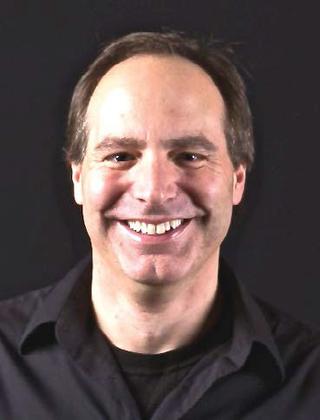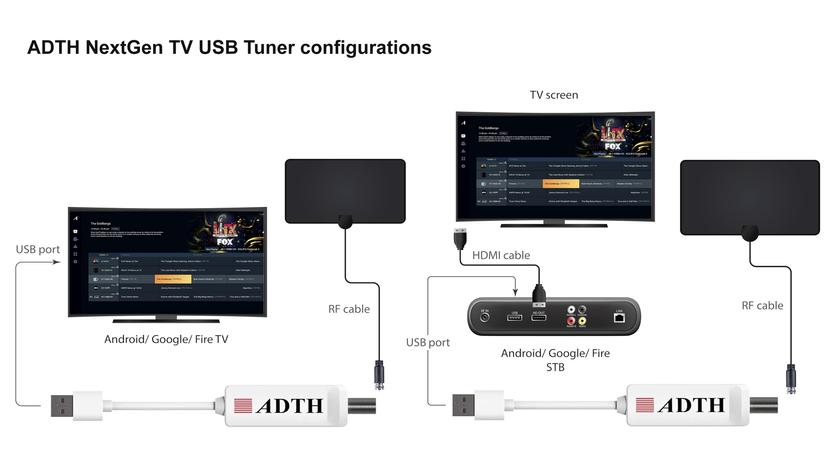2017 State of the Edit: VR, 8K and IMF
What better way to welcome the New Year than by taking stock of the state of post production with insights from representatives of some of the leading NLE manufacturers?

Al MooneyADOBE
Al Mooney, senior product manager for editing at Adobe, thinks the past year has been a juggernaut, filled with fascinating changes headed off by a rapidly increasing need for collaboration.
“Even 12 months ago I was seeing a lot more trepidation about relying on the cloud for media exchange and collaborative workflow than there is now,” he said, “because people need to be able to work together wherever they are. In addition to our own Team Projects concept, look at the success of Frame.io and Wipster. Those things have gone stratospheric because people have become more comfortable with the reliability of working in the cloud.”
Mooney also sees workflows becoming far less linear. “Within the edit bay itself, more and more editors are being asked to deal with audio, color grading and effects, all within one system,” he said. “Sure, the highest-end productions will always rely on individual specialists, but time and budget pressures are increasingly requiring faster turnarounds within a multifaceted edit bay under the control of an editor who commands many different disciplines.”
In addition, Mooney sees an exciting future for virtual reality. “This is a whole new, completely different way of consuming video content and represents a bleeding-edge technology,” he said. “I think it’s going to move faster into interactive content, especially when it gets ‘gameified.’ VR should have longer legs than the 3D boomlet did.”

Dave ColantuoniAVID
For Dave Colantuoni, senior director of product management at Avid, the call for 4K video is being superseded by 8K.
“Especially in the last six months, with an eye toward the upcoming Tokyo Olympics in 2020, NHK and NBC are considering a major investment in end-to-end workflows in 8K and that pushes out to all the post-production entities that are involved,” Colantuoni said. “At this year’s SMPTE [Annual Technical Conference and Exhibition] in Hollywood there were several presentations about 8K workflows, but largely as a production tool.”
He is likewise excited about the potential of Light Field imaging moving into the cinema production world.
“Lytro has already brought out a light field camera for cinema work, and when this kind of technology matures it opens new challenges for editorial,” said Colantuoni. “How we handle all that light field metadata and pass it through the post-production chain will be a subject for intense discussion, just as high frame rate and high dynamic range has been.”
The advent of phonetic indexing expediting the post process is another promising development for Colantuoni. “Combine that with the automatic detection of metadata and a lot of the drudgery work of post production could be eliminated,” he said. “Anything that accelerates labor-intensive bottlenecks by, for example, streamlining the logging procedure, makes editing more cost-efficient.”

Bob CanigliaBLACKMAGIC DESIGN
Bob Caniglia, senior key accounts manager at Blackmagic Design, is aware of the need for optimized media to match the proper hardware with all the codec and format requirements editors face today.
“There is a difference between someone editing at home on a laptop and someone color-grading in a large suite with a massive computer,” he said. “Playing back H.264 material or MPEG-4 AVC can be as computer intensive as 4K, so we have been designing our software to keep in mind the capabilities of different platforms.”
Part of this approach is to sandbox some of the more complex media into a sophisticated proxy that is only relinked to the timeline when needed.
“After all, we are never sure what kind of computer power an editor will be using when addressing a given project, so we optimize the media that can be relinked to the original at any time,” Caniglia said.
Then there’s audio. “NHK is already moving toward 22-channel sound, so, of course, editors will need to better deal with audio files as they do with color-graded files,” he said. “We already see this happening on set with the imagery, where the creatives expect to see the video as it will look when finished even though it is being shot RAW. Therefore, the LUT [Look Up Table] the cameraman is using needs to be applied on location just as it will be in the edit bay and in the grading suite. The LUT is becoming one of the editor’s best friends.”

Atsushi (Alex) KataokaGRASS VALLEY
“We are focusing on quick cut editing, since we see people are producing a lot more product for news and for the web,” said Atsushi (Alex) Kataoka, product manager for video editing at Grass Valley. “Of course, this is increasingly including the ability to handle even 4K, but being able to connect to the cloud is of key importance to editors these days.”
Kataoka is aware that being able to provide content in multiple deliverable formats is going to be a major challenge even in near term. “IMF (Interoperable Master Format) is going to be something we are putting a lot of effort into,” he said, “In addition, at the recent Inter BEE Exhibition in Japan we worked together with Amazon’s cloud platform to demonstrate how material could be edited in the cloud from a local NLE. We think this is going to be a major trend in the future.”
Author’s note: My thanks to everyone who participated in this year’s State of the Edit roundup. It’s going to be one heck of a year for post.
Jay Ankeney is a freelance editor and post-production consultant based in Los Angeles. Write him atJayAnkeney@mac.com.
Get the TV Tech Newsletter
The professional video industry's #1 source for news, trends and product and tech information. Sign up below.












